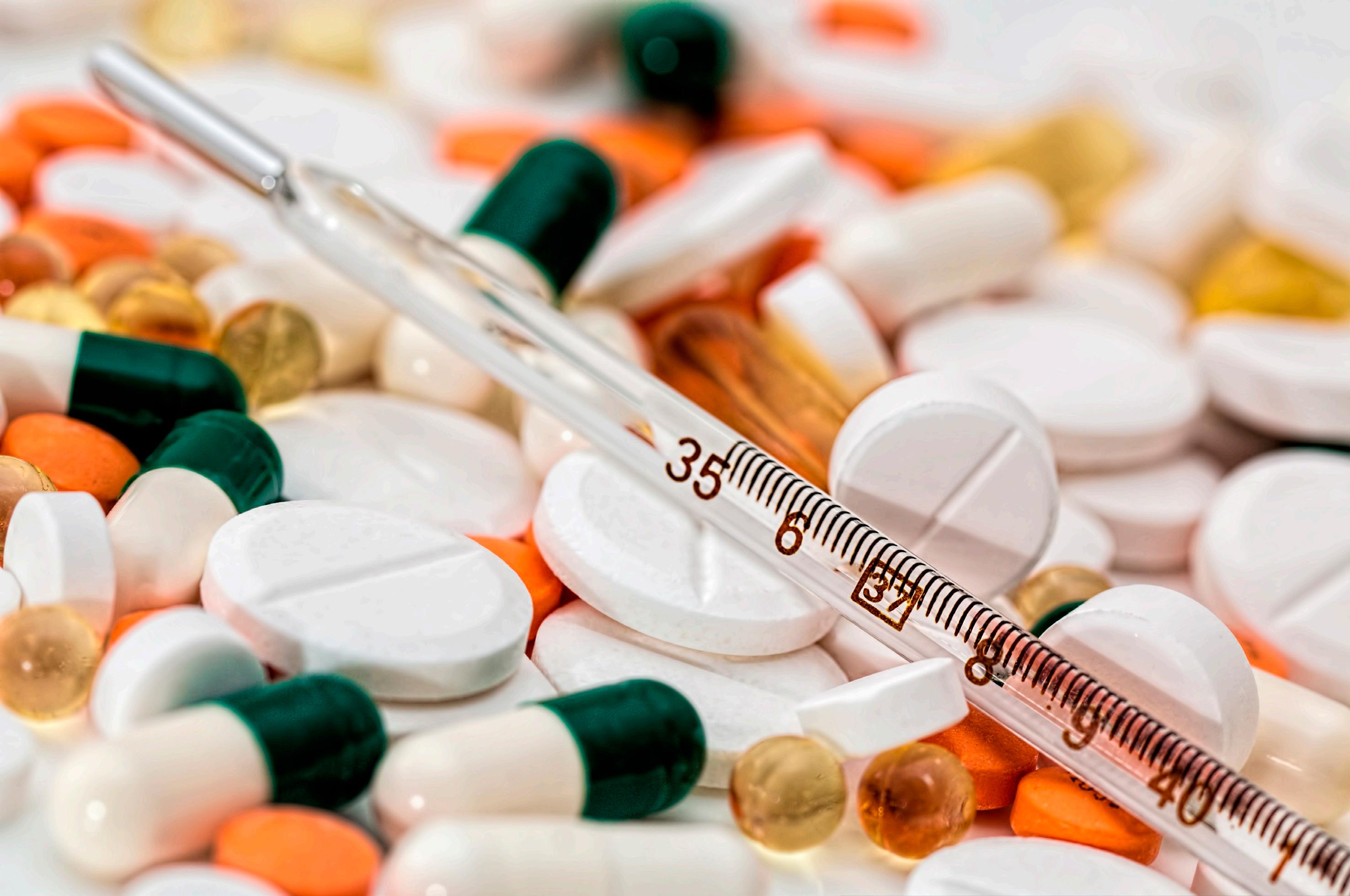
3 minute read
Bitter Pill To Swallow: India’s Sharp Medicine Price Hike
The prices of essential medicines in India have gone up starting this month by a huge margin. What does it mean for pharma empires?
What does it mean for the masses?
—A Special Report
April 15, 2023:
In what could be a bitter pill to swallow for the average Indian who is struggling to negotiate inflation, joblessness, and inequality, the country’s healthcare officials have paved the way for an unprecedented wealth transfer from the hands of the helpless masses to the coffers of Big Pharma giants.
Starting April 1, foreign and domestic drugmakers operating in India got the government’s nod to hike the prices of essential medicines by well more than 11%. The escalation in prices covers basic medicines, such as painkillers and antibiotics, and also those for treating life-long conditions, such as diabetes, chronic infections, high blood pressure, and cardiac problems.
On March 25, the Indian government announced that pharma companies had been allowed to sharply increase drug prices, arguing that it’s unavoidable as the rates are linked to a rise in India’s WPI (Wholesale Price Index).
This is the highest price rise of essential drugs since the new WPI-linked system was introduced, affecting a large number of patients, particularly those battling urban lifestyle diseases.
Biggest Producer Of Generic Drugs
Incidentally, India makes 62% of all vaccines used globally, and is the largest producer of the world’s generic drugs – cheaper pharmaceutical products made to match brand-name drugs in quality and performance as well as safety.
A quick look at the prevalence of three maladies – cardiac issues, hypertension and diabetes –reveals the guaranteed higher profits set to flow into the coffers of pharma companies driving the Indian healthcare sector, which was worth $280 billion in 2020 and estimated to reach $372 billion by 2022.
India is known as the world’s diabetes capital, with the lifelong condition likely to affect seven crore people – more than Britain’s entire population – by 2025, and over eight crore people by 2030.
According to the WHO (World Health Organisation), around 35.4 lakh deaths occur in India annually due to cardiovascular disease. Indians also have the highest rate of coronary artery disease. When it comes to high blood pressure, an estimated 22 crore Indians – close to the population of Nigeria – have the problem.
The decision will have wide ramifications in the poverty-torn country, covering 384 drugs and over 1,000 formulations that fall under the category of essential medicines, as prescribed by the WHO. The world body says essential drugs or medicines are those “that satisfy the healthcare needs of a majority of the population; they should, therefore, be available at all times in adequate amounts and in appropriate dosage forms, at a price the community can afford”.
Launched in 1977, the Essential Medicine Concept constitutes one of the eight pillars of the
WHO’s “primary health care” strategy. The WHO has adopted a flexible approach with regard to the specific medicines to come under the category in a particular country, and entrusted the national authorities to make the decisions.
Consequently, in India, the government has published what is called the NLEM, or the National List of Essential Medicines.
In the Indian scenario, the government’s announcement of the hike in the ruse of WPI increase goes against the spirit of the last part of the WHO’s definition of ‘essential drugs’ – “at a price the community can afford”.
Two points are worth exploring here. Firstly, last year, too, the government had declared a WPI-linked hike of 10.7%. But several drug manufacturers pegged the raise at less than 5%. This was apparently done because of market forces; in other words, to ensure competitors did not run away with orders by offering medicines at lower prices.
In a free-market economy, no manufacturer would want to sell his goodies at a loss. The fact that some drug makers went for a smaller hike is a fair indication that the price was enough to make a decent profit. To buttress this argument, one can take a look at the profit margins of the leading pharmaceutical companies.
Cipla was the leading pharma company in India as of July 2022 with a net profit of about Rs 3,000 crore. Divis Labs and Glenmark came second and third with net profits of around Rs 2,900 crore and Rs 2,000 crore, respectively, during the same time period.
Also, a price war ensues only when the selling price is competitive, or when it is above the profit line. This shows that the price fixed by the government is clearly on the higher side. It also







